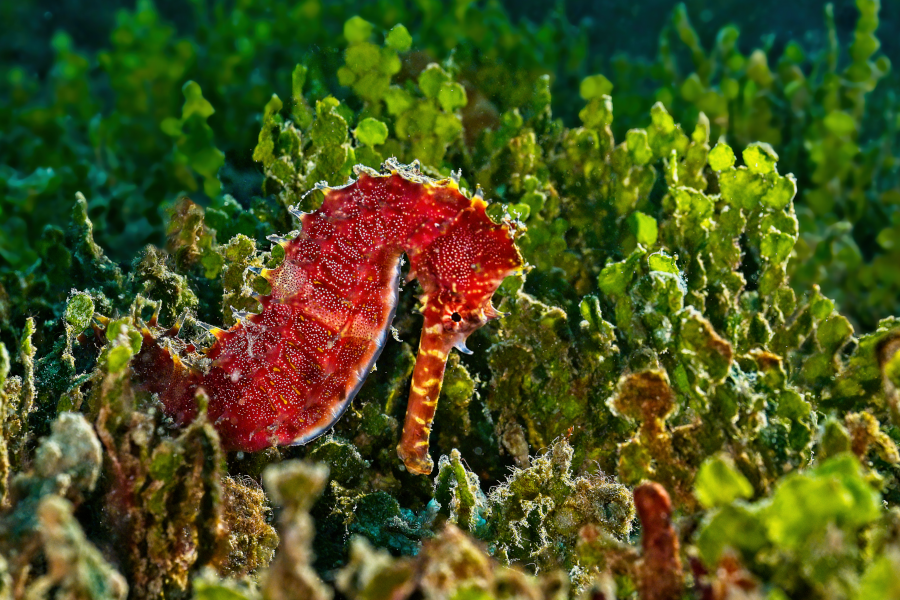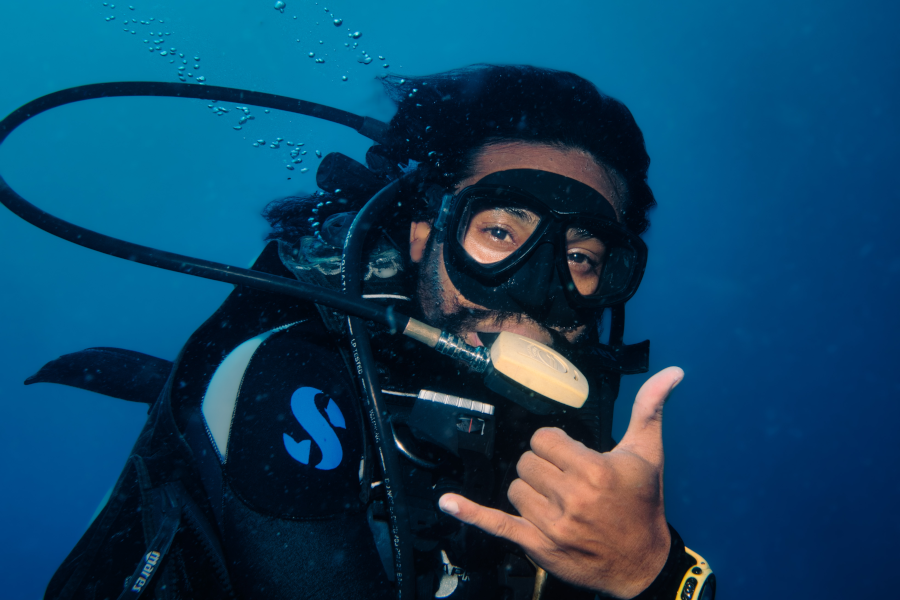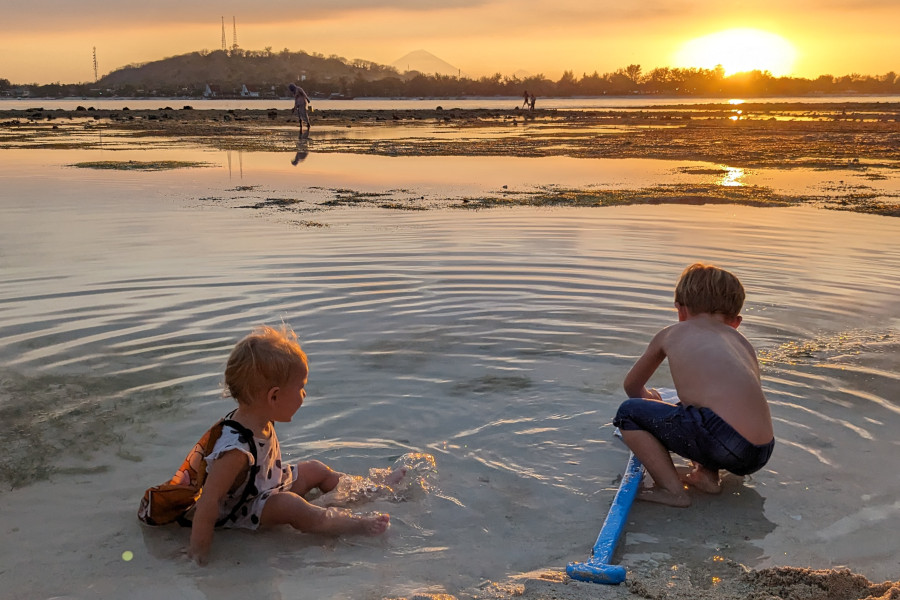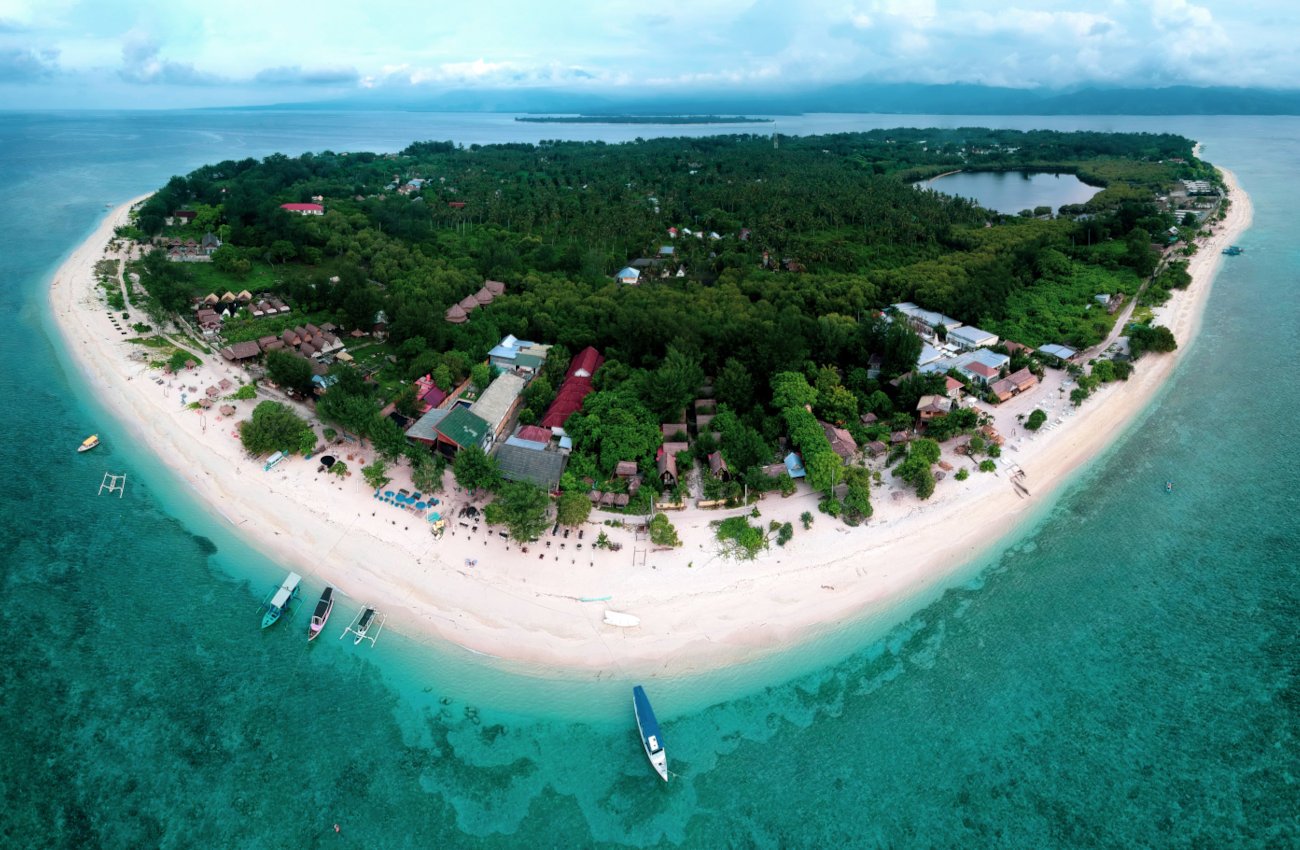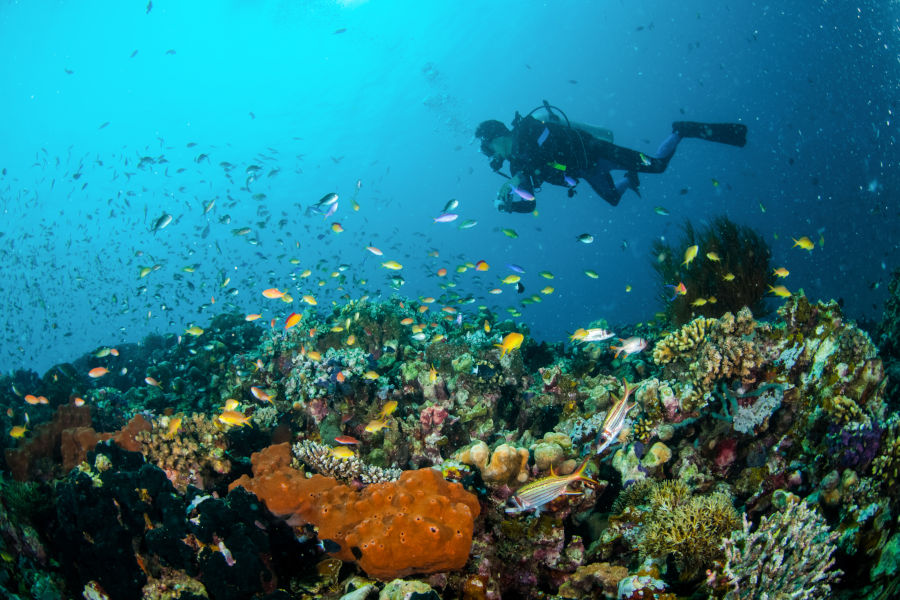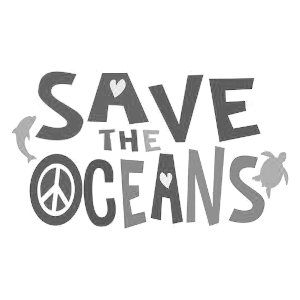The Gili Islands, located off the northwest coast of Lombok, Indonesia, offer a perfect destination for anyone interested in learning how to dive. With crystal-clear waters, abundant marine life, and a variety of dive sites suitable for all levels of experience, the Gili Islands are an ideal place to take your first steps into the underwater world.
There are three main Gili Islands: Gili Trawangan, Gili Air, and Gili Meno. Each island has its own unique charm, but all offer excellent diving opportunities. Most dive centers are located on Gili Trawangan, which is the largest and most developed of the three islands. Gili Air and Gili Meno are quieter and more laid-back, but still have plenty of dive centers to choose from.
WHO TO CHOSE?
Before you start your diving course, you will need to choose a reputable dive center. (hint: such as Divine Divers) There are many dive centers on the Gili Islands, so it’s important to do your research and read reviews before making a decision. Look for a center that has experienced instructors, modern equipment, and a focus on safety.
There are also several diving organizations that offer certification courses, including PADI, SSI, and NAUI. PADI (Professional Association of Diving Instructors) is the most widely recognized (which is why we offer it) and offers a variety of courses, including the Open Water Diver course, which is the first step in becoming a certified diver.
THE OPEN WATER COURSE
The Open Water Diver course typically takes three to four days and consists of both theory and practical components. You will learn about dive theory, equipment, safety procedures, and underwater communication. You will also have the opportunity to practice skills in a swimming pool before completing four open water dives.
The Gili Islands offer a variety of dive sites suitable for beginners. One popular site is Shark Point, located off the coast of Gili Trawangan. Despite its name, Shark Point is a safe and easy dive site that is home to a variety of marine life, including turtles, reef sharks, and colorful fish. Another popular site is Bounty Wreck, a sunken ship located off the coast of Gili Meno.
After completing your Open Water Diver course, you can continue your diving education by taking advanced courses, such as the Advanced Open Water Diver course, which allows you to explore deeper dive sites and learn new skills.
In addition to diving, the Gili Islands offer plenty of opportunities for relaxation and adventure. You can explore the islands by bicycle or horse-drawn carriage, relax on the white sand beaches, or watch the sunset from one of the many beachfront bars.
In conclusion, the Gili Islands are a perfect destination for learning how to dive. With their clear waters, abundant marine life, and variety of dive sites, the islands offer an ideal environment for beginners. By choosing a reputable dive center such as Divine Divers and completing a certification course, you can discover the beauty of the underwater world and unlock a new world of adventure.



